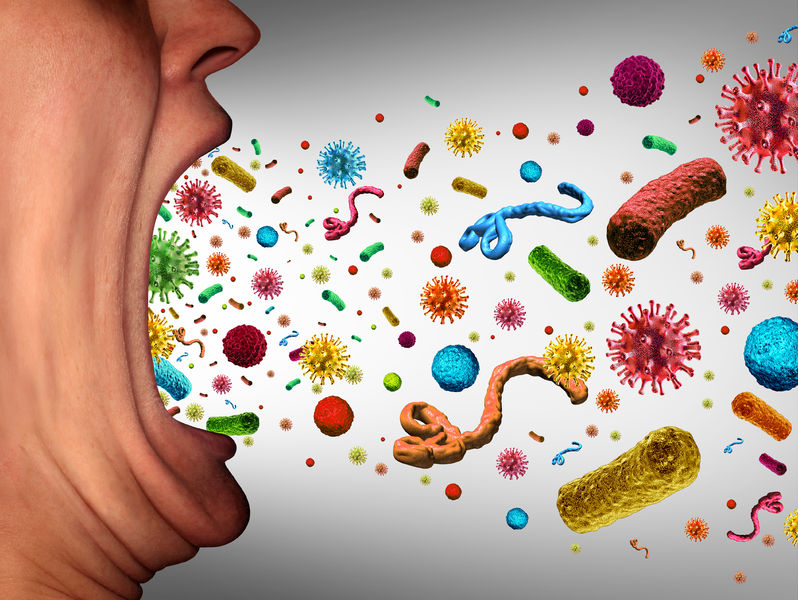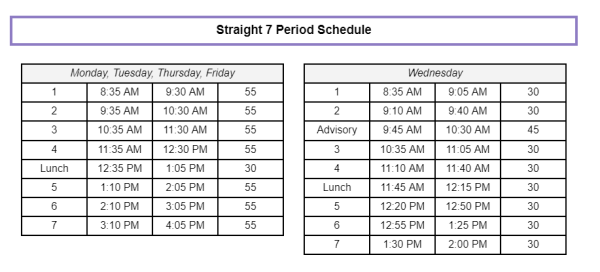Why Is The Flu So Bad This Year?
March 13, 2018
As the flu rampages through the United States, it is impossible not to wonder why is it so bad this year.
Anne Schuchat, acting director of the U.S. Centers for Disease Control and Prevention, says this year’s flu season not only passed the swine flu epidemic of 2009 in reports of influenza-like illnesses, but it has also exceeded the last severe seasonal flu outbreak of 2003.
One of the reasons for the severity of this year’s flu is that there are more cases of the strain H3N2 than any other strains of the flu virus, according to Kristen Nordlund, press officer for the Centers for Disease Control and Prevention. H3N2 is a subtype of influenza A, which usually causes cough, fever, chills, muscle aches, headache, fatigue and sore throat.
While there are many types of influenza, only influenza A can be broken into subcategories. The subcategories can then be broken down further based on year of isolation, host of origin (type of animal the virus was first identified in), geographic origin, and strain number, according to the World Health Organization. Data from previous flu seasons show that when the H3N2 strain is more dominant, the flu has the highest mortality rates.
But this year is still worse than other years in which the H3N2 virus was dominant, so what else is at play?
Another reason for the harshness of this flu season is because of when the illness struck and how widespread it has been, according to Kristen Nordlund. “In previous seasons it tends to happen in different parts of the United States at different times,” she said. “This is one of the first years we’ve really seen that widespread activity is everywhere. Flu is really across the board in every state at the same time.”
There are still some unanswered questions — when will this be over? What is the actual number of deaths? How can we protect ourselves? Well, according to Nordlund, this flu season is still far from over, but it has most likely already peaked.
As for prevention, the best thing we can do is get the flu shot, Nordlund says. There are also preventive actions we can take, such as washing our hands, staying home if we’re sick, and covering sneezes and coughs so we don’t spread germs.
At SFHS, we saw a dramatic increase in absences. According to Nora Solano, the person in control of attendance at SFHS, we learned that around 20 percent of the students here were absent for at least 3 to 8 days with the flu. Solano also stated “it wasn’t as bad as I thought. I was expecting 30 percent or more especially during the colder months.”












